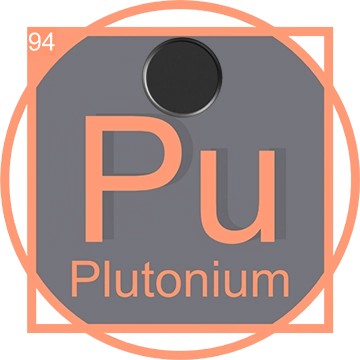Understanding Flerovium (Fl): From Discovery to Technological Applications
Introduction to Flerovium
Flerovium, with the symbol Fl and atomic number 114, is a superheavy artificial element that occupies a place in the periodic table among the p-block elements. It is known for its extreme rarity and instability.
Discovery of Flerovium

Flerovium was first synthesized in December 1998 by scientists at the Joint Institute for Nuclear Research (JINR) in Dubna, Russia, in collaboration with the Lawrence Livermore National Laboratory in the USA. This landmark discovery was achieved by bombarding atoms of plutonium with ions of calcium, creating a few atoms of Flerovium after a nuclear reaction.
Position in the Periodic Table
Flerovium is a member of Group 14 in the periodic table, which includes well-known elements like carbon and silicon. This placement is crucial as it hints at some chemical properties Flerovium might share with its lighter homologues, although its heavy atomic structure often modifies these characteristics.
Imagine Flerovium at it's purest form

Given the elements used to bambard to make Flerovium, here in the image, this is what the element should look like, however, as there doesn't seem to be enough science behind this element, our imagination is all we may have to go off.
Scientific Significance
The synthesis of Flerovium helps scientists understand more about the stability and chemical properties of superheavy elements. It is part of ongoing research in nuclear physics and chemistry that explores the limits of the periodic table and the possibility of an "island of stability" where superheavy elements might exist with greater stability.
Applications in Technology
Currently, Flerovium has no commercial applications due to its short half-life and the difficulty in producing it. However, research into Flerovium and other superheavy elements could one day lead to new materials or technologies, leveraging their unique nuclear properties.
Conclusion
The discovery and studies of Flerovium enrich our understanding of chemical and nuclear science. Each experiment brings us closer to potentially groundbreaking applications that could revolutionize technology and industry. As research continues, the future of Flerovium and similar elements holds exciting possibilities.
How Flerovium is Made
Flerovium is not found naturally and is synthesized in a laboratory through a nuclear reaction. The process involves bombarding plutonium with calcium ions at high energies. This results in the creation of a few atoms of Flerovium, which has a very short half-life and decays rapidly.
Mining and Associated Resources

As a synthetic element, Flerovium is not mined from any natural source. However, the target materials like Plutonium used in its synthesis are often derived from radioactive ore mining. These ores typically contain a variety of other actinide elements such as uranium and thorium.
Current Applications
Currently, Flerovium has no practical applications outside of scientific research due to its rarity and instability. The primary use of Flerovium today is in nuclear research where scientists study its properties to gain insights into the structure and behavior of superheavy elements.
Future Prospects

The future of Flerovium in scientific and technological fields appears promising. Researchers believe that studying Flerovium can help in discovering new elements that might be more stable and have longer half-lives. This could lead to breakthroughs in materials science, nuclear medicine, and energy production. Moreover, understanding Flerovium's chemistry could pave the way for innovations in superheavy element chemistry and their potential applications in various high-tech fields.














